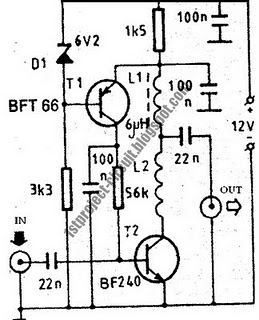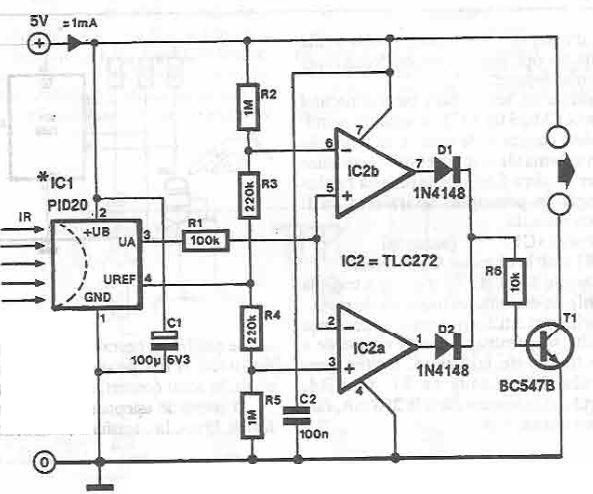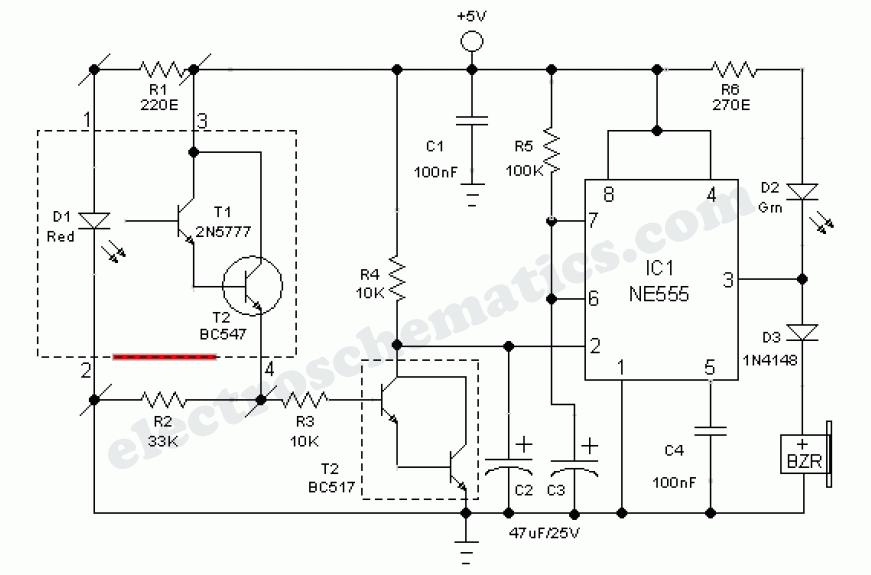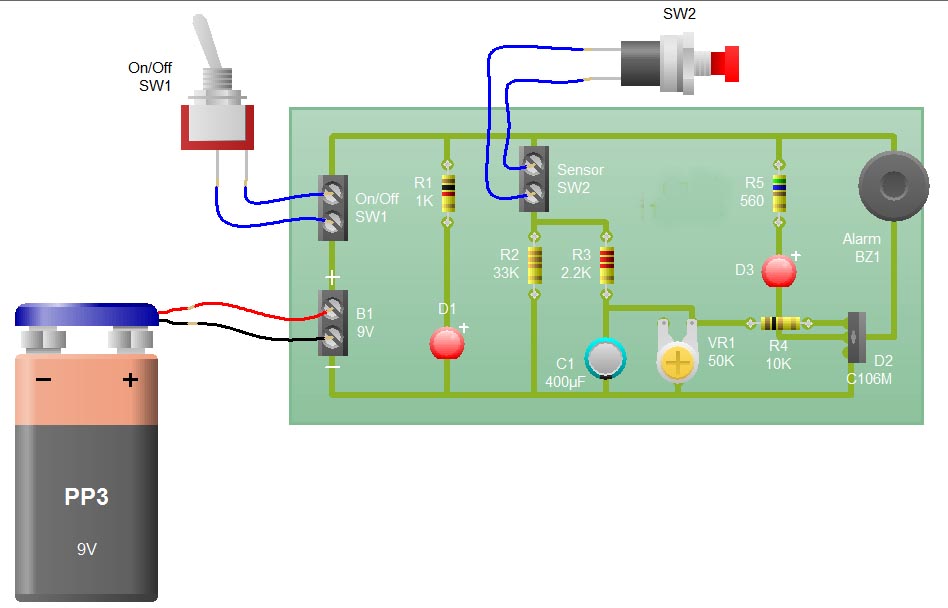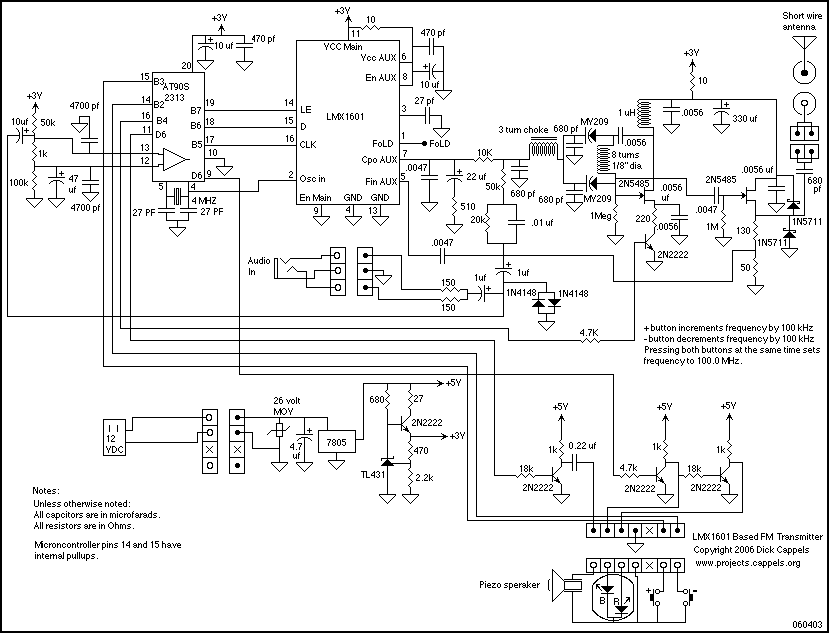
Temperature & Humidty sensor Using AVR Microcontroller
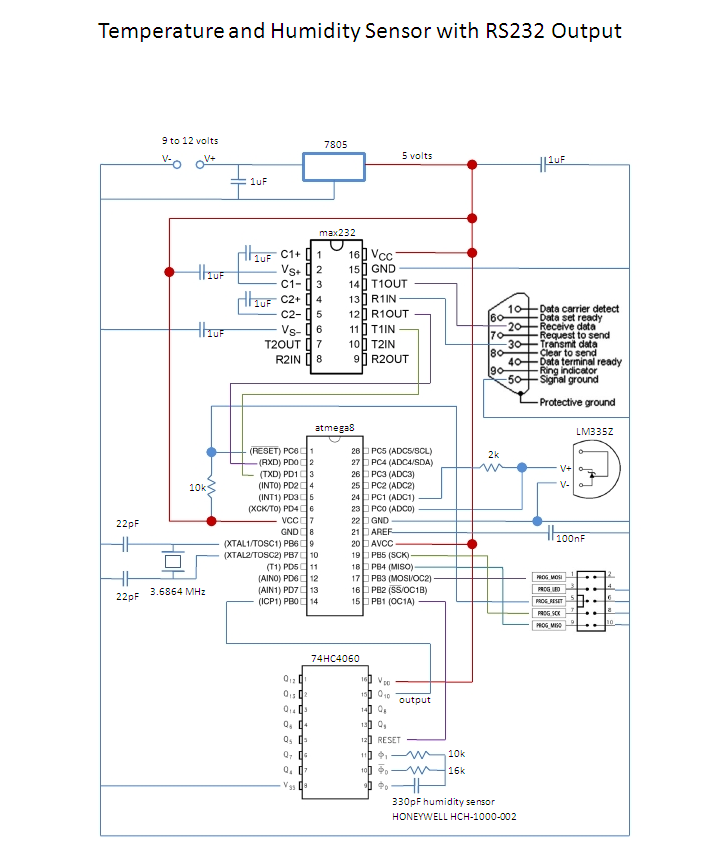
This is an affordable method for measuring temperature and humidity with a computer interface, designed as an entry-level project for high school students on a limited budget.
The project involves the integration of a temperature and humidity sensor, such as the DHT11 or DHT22, which are both cost-effective and widely used in educational settings. These sensors provide digital output, making it easier for students to interface with microcontrollers or computers. A microcontroller, like the Arduino Uno, can be utilized to read the sensor data and transmit it to a computer for further analysis or display.
The circuit design includes connecting the sensor's data pin to a digital input pin on the microcontroller, with appropriate pull-up resistors if necessary. Power supply connections must be established, ensuring that the sensor operates within its specified voltage range, typically 3.3V to 5V.
To facilitate the computer interface, a USB connection can be implemented through the microcontroller, allowing for serial communication. This enables the temperature and humidity data to be sent to a computer application, which can display the readings in real-time.
The software component of the project involves writing a simple program in the Arduino IDE that initializes the sensor, reads the data at regular intervals, and sends it to the computer. Students can also explore data logging by storing the readings in a file for later analysis.
This project not only introduces students to fundamental concepts in electronics and programming but also provides practical experience in working with sensors and data communication, making it an ideal educational tool for beginners.This is a low cost way of measuring temperature and humidity with a computer interface and is intended to be an entry level project for high school students on a tight budget. 🔗 External reference
The project involves the integration of a temperature and humidity sensor, such as the DHT11 or DHT22, which are both cost-effective and widely used in educational settings. These sensors provide digital output, making it easier for students to interface with microcontrollers or computers. A microcontroller, like the Arduino Uno, can be utilized to read the sensor data and transmit it to a computer for further analysis or display.
The circuit design includes connecting the sensor's data pin to a digital input pin on the microcontroller, with appropriate pull-up resistors if necessary. Power supply connections must be established, ensuring that the sensor operates within its specified voltage range, typically 3.3V to 5V.
To facilitate the computer interface, a USB connection can be implemented through the microcontroller, allowing for serial communication. This enables the temperature and humidity data to be sent to a computer application, which can display the readings in real-time.
The software component of the project involves writing a simple program in the Arduino IDE that initializes the sensor, reads the data at regular intervals, and sends it to the computer. Students can also explore data logging by storing the readings in a file for later analysis.
This project not only introduces students to fundamental concepts in electronics and programming but also provides practical experience in working with sensors and data communication, making it an ideal educational tool for beginners.This is a low cost way of measuring temperature and humidity with a computer interface and is intended to be an entry level project for high school students on a tight budget. 🔗 External reference
